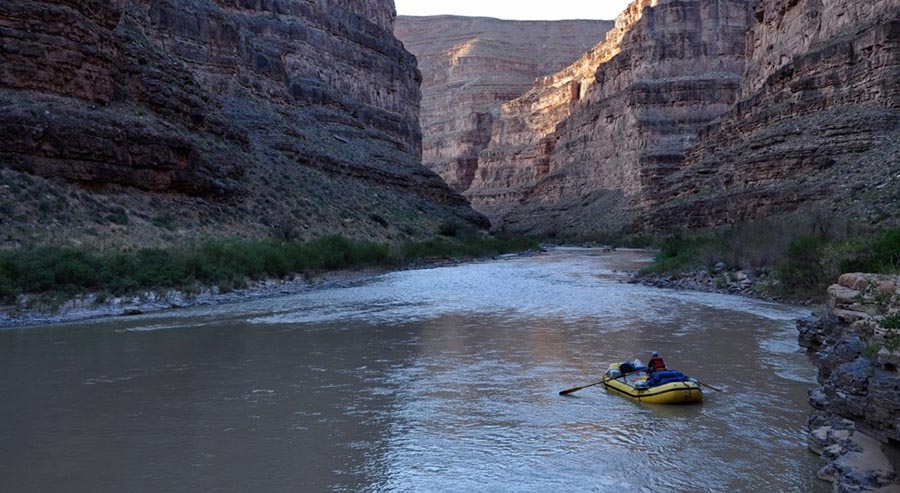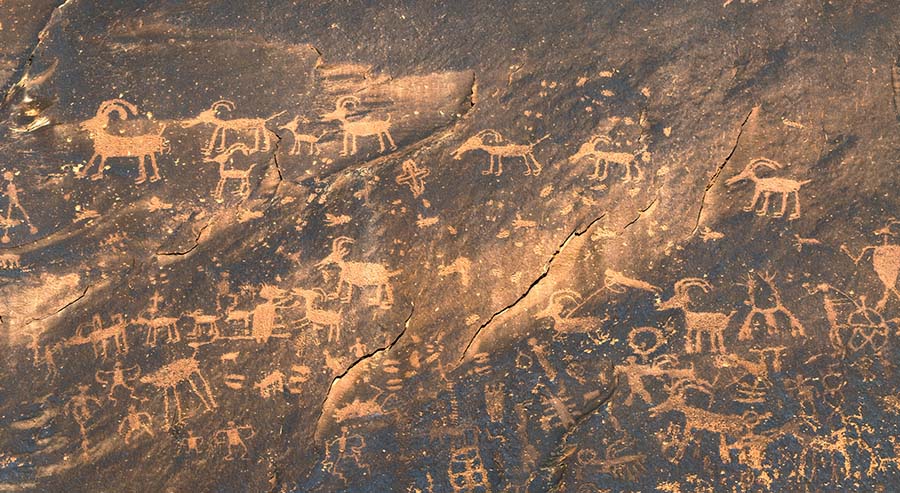10 Feb 4 Must See Bluff Attractions
4 Must See Bluff Attractions
The beautiful town of Bluff offers jaw dropping scenery, history, river rafting and access to ancient archeology. While you’re in Bluff, we recommend these 4 Must See Attractions.
Bears Ears Education Center
Bluff is located on the southeastern rim of the Bears Ears National Monument. You can explore Bears Ears by car, or take a day hike or, for the more adventurous, a multi-day hike.
Start at Bluff’s Bears Ears Education Center before your visit to the Bears Ears area. Here you’ll find educational exhibits, maps, and knowledgeable volunteers can assist in planning your visit. The center also helps visitors learn how to Visit With Respect to help protect and preserve the Bears Ears landscape for future generations. Books and basic equipment are available for purchase. Free Admission.
Bluff Fort
Stop at the Bluff Fort for a glimpse at early pioneer life in Bluff. You can learn about the first Anglos to settle Bluff in the 1880’s. Discover why Mormon pioneers came to Bluff and their arduous journey over the Hole-in-the Rock trail. View the original Barton Cabin (on the National Register of Historic Places) and replicas of other log cabins. The Co-op serves as the Visitors Center and Gift Shop. Free admission.
San Juan River
No trip to Bluff is complete without a rafting trip down the San Juan River. The usually gentle river makes for an excellent family trip and is an intimate way to see the region’s spectacular canyons, archeology, and wildlife. Half-day, 1-day, or 5-day trips with a knowledgeable guide are available through Bluff’s local river company. Check out the Sand Island Boat Launch 4 miles west of Bluff.
Sand Island Petroglyph Panel
One of Bluff’s most popular spots is Sand Island. It is the put-in for the famous San Juan River trips in the region.
Even if you are not taking off on a river trip, be sure to stop to see the Sand Island Petroglyph Panel. Archeologists believe this place held special significance for ancient peoples by the amount (over 100 yards) and time span of rock art. Most petroglyphs are from the early Basketmaker through Pueblo III eras, ranging from 2500 to 800 years old. More recent Ute and Navajo rock art have brighter carvings and lower wall locations. Listed on the National Register of Historic Places. Easily accessible. Picnic sites and camping sites are available.






